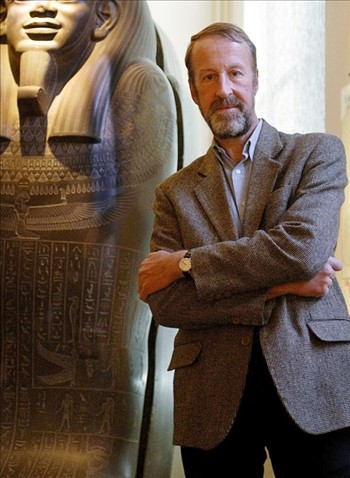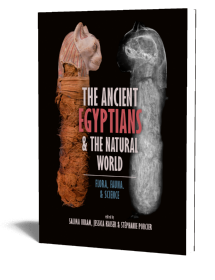Abstract:
In the rich archives of the Leiden Museum of Antiquities lies a fascinating manuscript dealing with the autopsy on an Ancient Egyptian mummy. This was performed in 1878 by the Museum’s curator Willem Pleyte. Thanks to Pleyte’s detailed procès-verbal, the mummy (which did not survive the dissection) can be reconstructed at least on paper. The name of the deceased has been inscribed on the mummy’s cartonnage, on some of the linen bandages, and on the Book of the Dead papyrus retrieved by Pleyte from the mummy wrappings. Several other items had been slipped between the wrappings, such as an amuletic necklace and various pieces of funerary jewellery. Together with textile samples of the diverse shrouds and bandages, all these finds have been preserved in the Museum’s reserves.
This rich documentation allows us to recognize this assemblage as the remains of an elite burial in Ptolemaic Thebes. The texts identify its owner as a priest called Djedhor, the son of Neferibre and Takerheb. Comparable mummies and funerary objects in other museums in Europe, Egypt and the United States help to interpret the various items found on Djedhor’s mummy. Moreover, we can thereby visualise the additional material once present in the tomb, such as the mummy’s coffins, canopic chest, stela, and Ptah-Sokar-Osiris statue. Finally, the common acquisition history of all these items points to the original location of Djedhor’s tomb and suggests through whose hands his remains must have passed on their way to Leiden.
Contents
Preface
I. The autopsy and its museological context
1. The Leiden mummy collection and its formation
2. Previous dissections
3. The acquisition of Djedhor’s mummy
4. The 1878 autopsy
5. The procès-verbal
II. Djedhor’s funerary ensemble and its parallels
6. Numbering issues
7. The cartonnage
8. The garlands
9. The bead net
10. Outer wrappings
11. Anklets and sandals
12. The Book of the Dead papyrus
13. Amuletic necklace
14. Inner wrappings
15. Mummification techniques
16. Other burial gifts
III. Djedhor’s burial and its archaeological context
17. Date
18. Social status
19. Provenance
20. Conclusion
Appendix 1. Comments by Leemans
Appendix 2. Reply by Pleyte
List of illustrations
Abbreviations
Bibliography
Indices


Prof. dr.
Maarten J. Raven
Maarten J. Raven worked as Curator of the Egyptian Department of the Rijksmuseum van Oudheden (National Museum of Antiquities) at Leiden, The Netherlands, from 1978 to 2018, and is now honorary research associate of that institution. In this capacity he organized numerous exhibitions, especially on the Leiden papyrus collection, mummy research, Dutch excavations in Egypt, and Egyptian magic. He was also responsible for the new display of the Egyptian collection (2016). He wrote numerous books and articles on egyptological subjects, and was also active as tour conductor and lecturer. His special interests include the history of egyptology, egyptomania, and ancient Egyptian technology and symbolism. From 2012 to 2018, he was extraordinary professor for the museology of Ancient Egypt at Leiden State University.
read more












